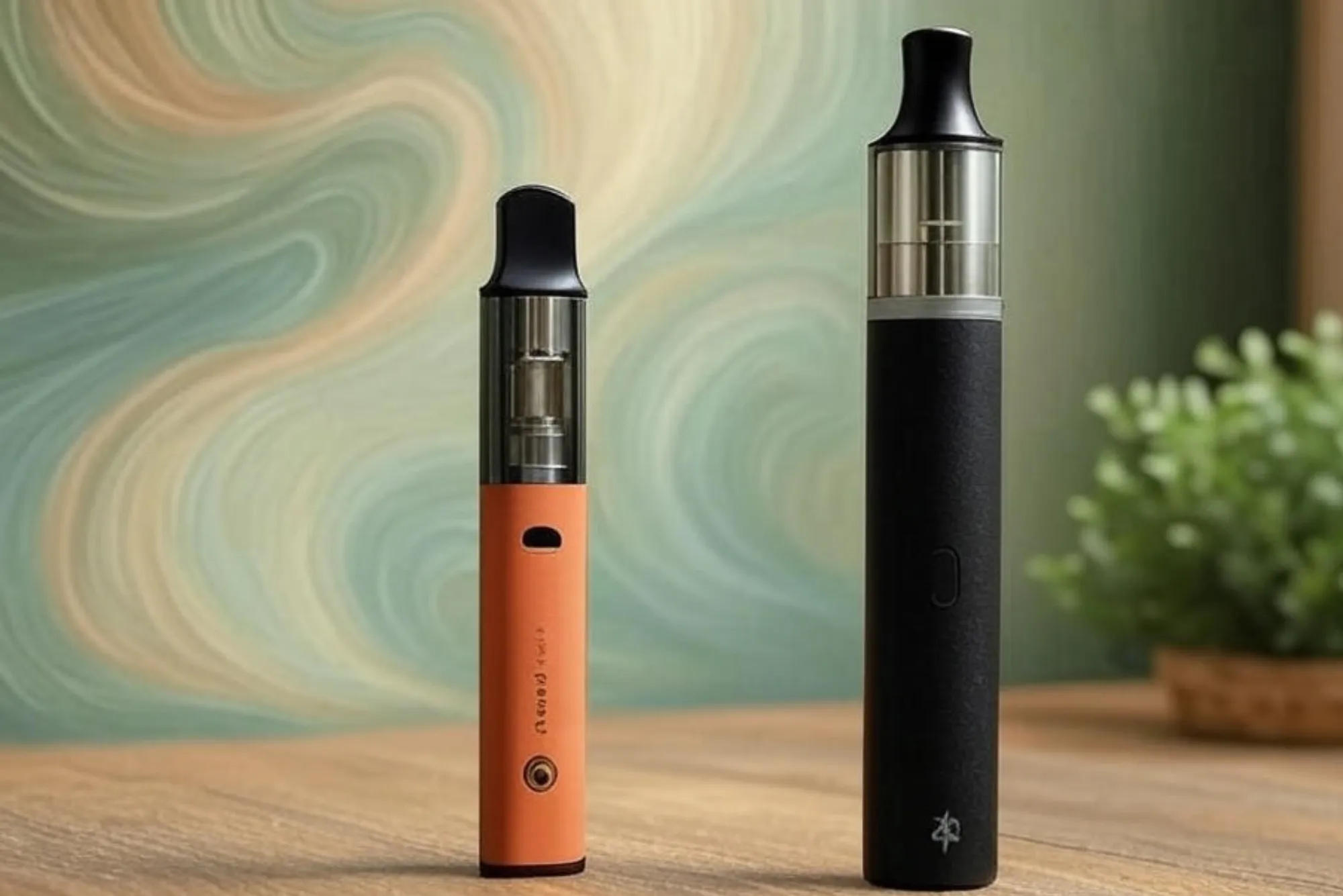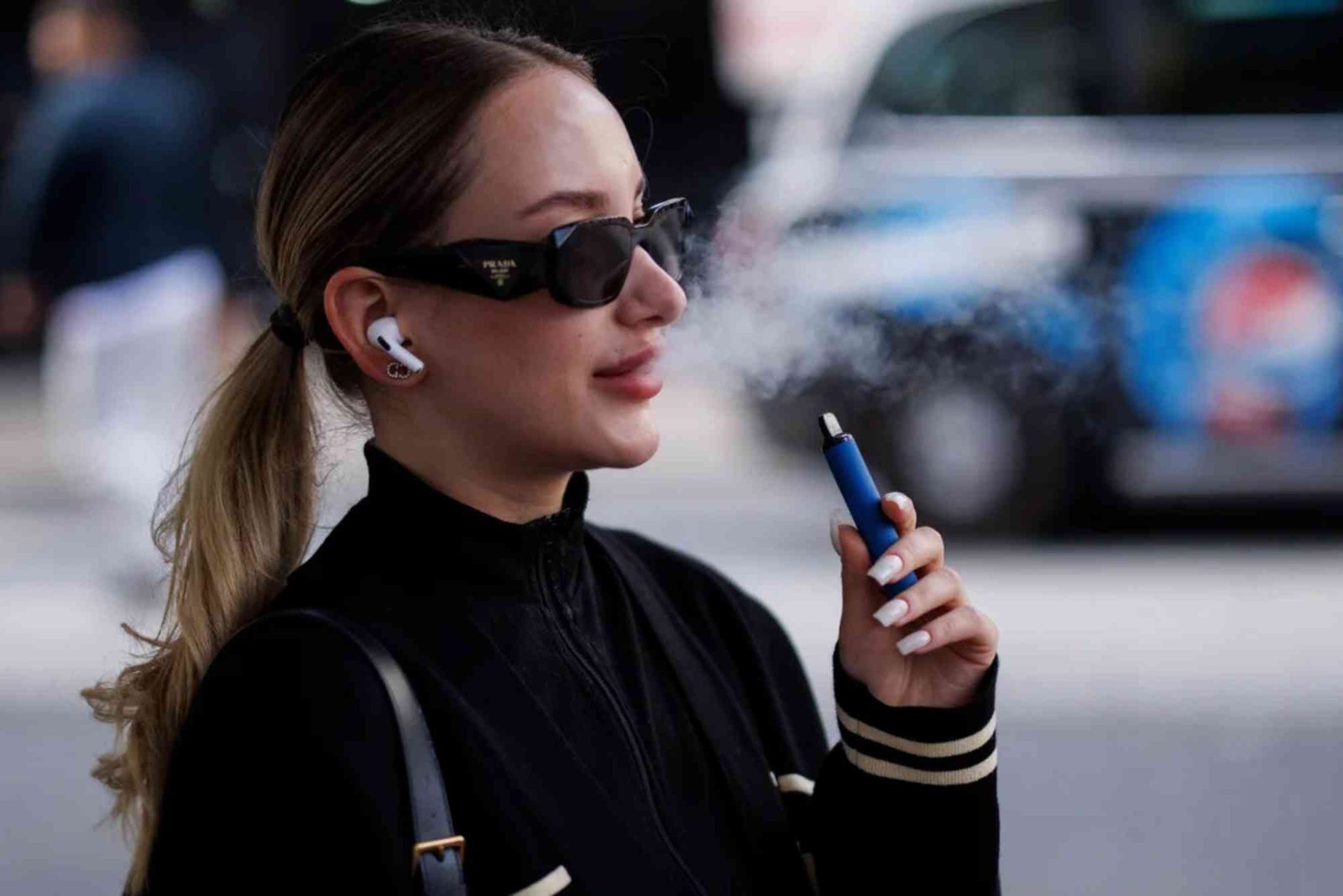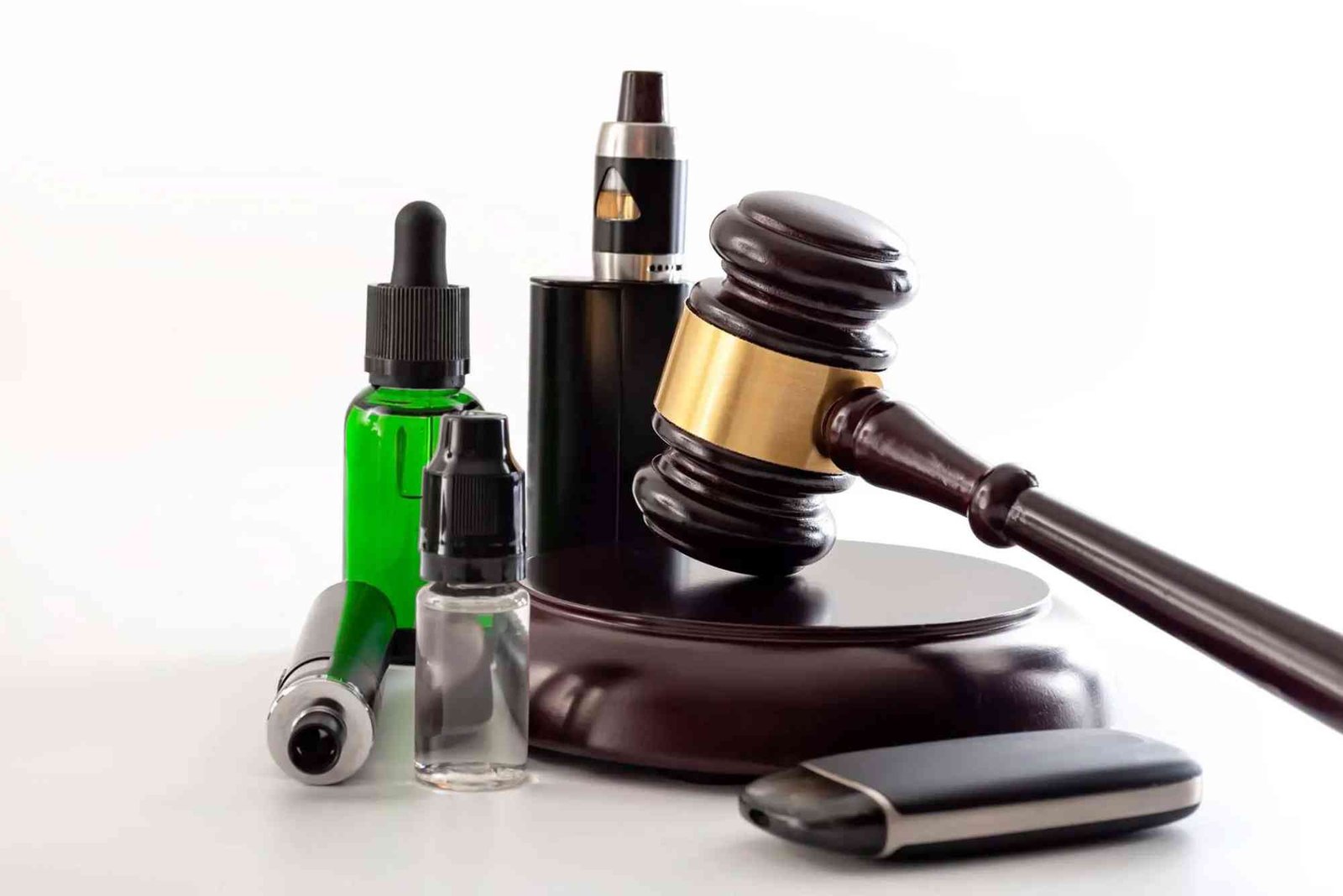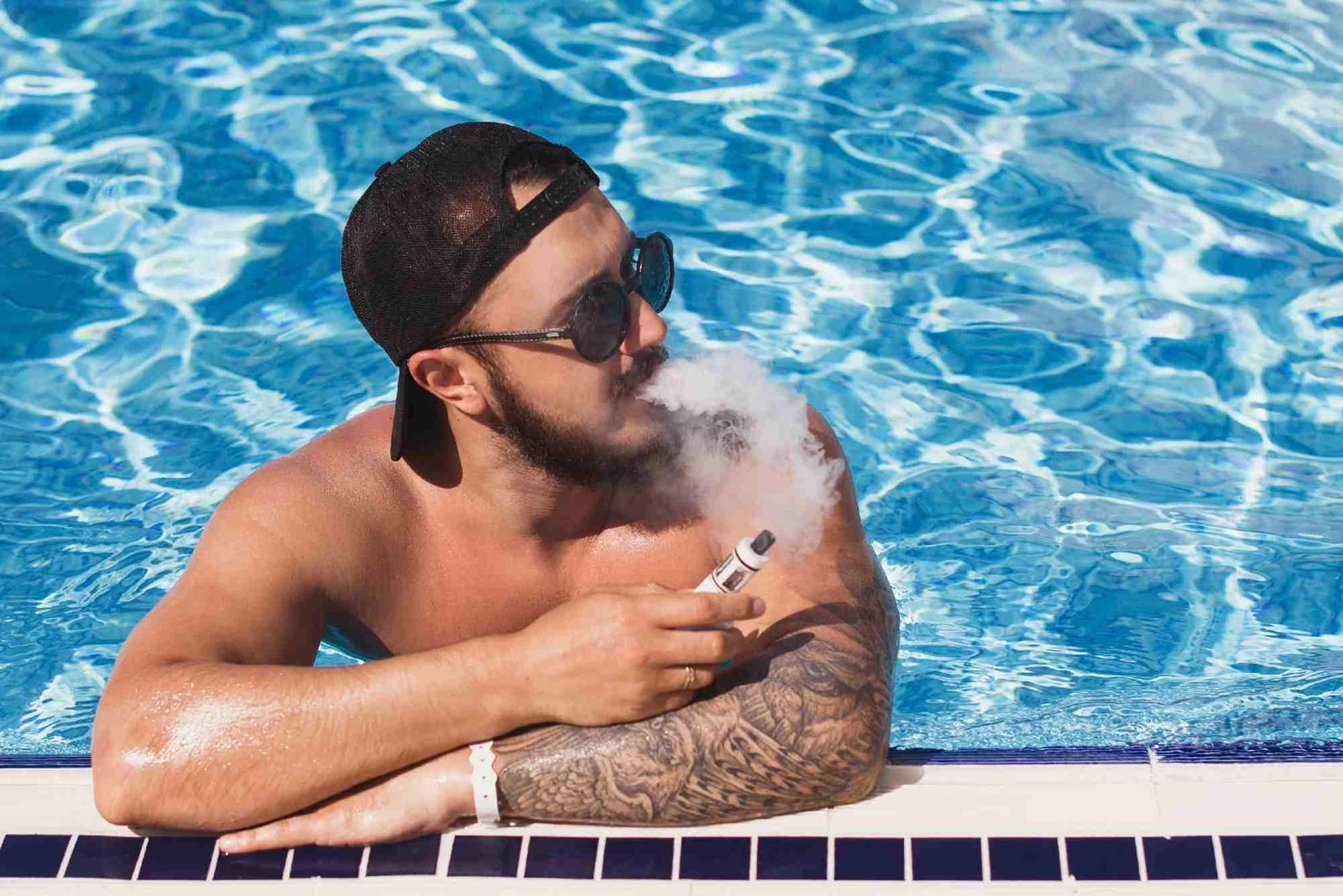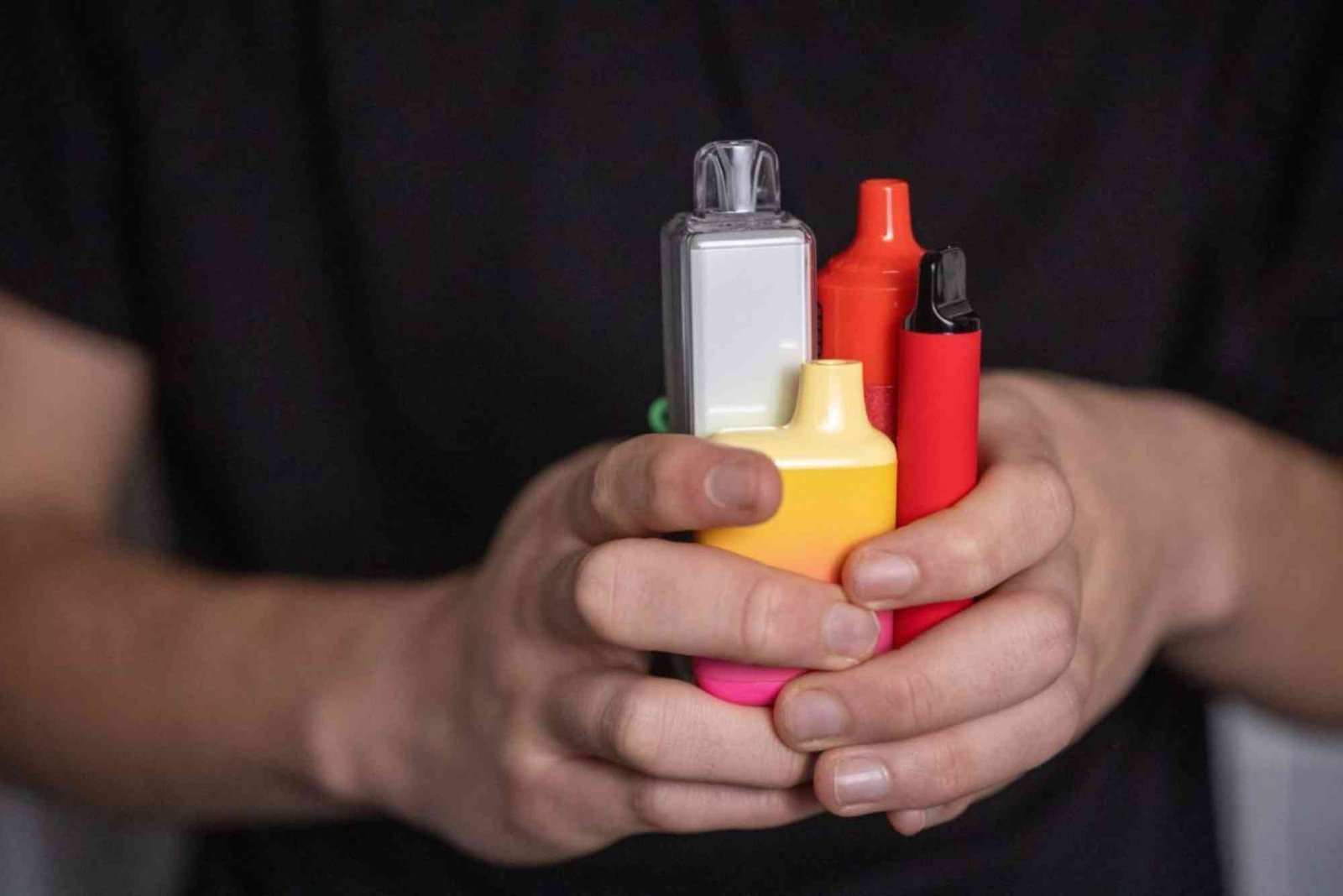The Future of Vaping: Trends to Watch
As we move closer to 2025, the vaping industry is evolving faster than ever. From technological innovations to shifting regulations, vaping trends in 2025 are set to redefine how users experience e-cigarettes. Whether you’re a casual user, a vaping enthusiast, or someone in the vape business, staying informed about upcoming trends is crucial. This guide explores what’s next in vaping and why these changes matter.
Smart Vaping Devices Are the Future
Smart technology is now a part of everyday life, and vaping is no exception. In 2025, expect smarter, safer, and more personalized devices.
Artificial Intelligence Integration
Vape mods are beginning to integrate AI features to improve performance and user control. Devices are expected to track usage habits, monitor coil performance, and suggest ideal settings automatically. AI can also alert users when it’s time to clean or change a coil.
App Connectivity
Mobile apps connected to vape devices will be more advanced. Users can already adjust temperature and wattage through their phones. In 2025, these apps may include health monitoring features, dosage tracking, and even mood-based flavor suggestions.
Shift Toward Tobacco-Free Nicotine
One of the biggest vaping trends for 2025 is the rise of synthetic nicotine. Unlike traditional nicotine sourced from tobacco, synthetic nicotine is lab-made.
Why Users Prefer It
Many consumers are looking for cleaner, non-tobacco alternatives. Synthetic nicotine offers a smoother experience without the bitter taste of tobacco-derived nicotine. This option may also help avoid some regulatory hurdles tied to tobacco products.
Regulatory Advantages
Some regions classify tobacco-free nicotine products differently. This creates opportunities for brands to reach more markets while staying within legal limits. However, this may change as regulations evolve to catch up with new technologies.
Eco-Friendly Vaping Solutions
Sustainability is more than just a trend — it’s becoming a standard. In 2025, the vaping industry is expected to embrace greener alternatives.
Recyclable Pods and Devices
Manufacturers are exploring biodegradable pod materials and recyclable vape parts. Disposable vapes are under scrutiny due to their environmental impact. Expect to see an increase in return-and-recycle programs offered by brands.
E-Liquids with Natural Ingredients
Consumers are demanding transparency and quality. Brands are responding by using organic flavors, plant-based VG (vegetable glycerin), and eco-friendly packaging. The future will likely favor companies that focus on clean labeling and ingredient safety.
Advanced Coil Technology and Mesh Innovation
Coils are the heart of any vape device. In 2025, expect major improvements in coil material and performance.
Better Heat Distribution
Mesh coils are now standard in many high-end devices. These coils offer even heat distribution, richer flavor, and longer lifespan. The next generation of mesh coils may include materials that adjust temperature automatically based on e-liquid type.
Self-Cleaning Coils
Emerging prototypes suggest that self-cleaning coil systems may become commercial. These coils can remove residue with a short high-temp burst, improving flavor and reducing maintenance.
Personalized E-Liquid Formulations
Personalization is changing how people vape. Users want control over what goes into their devices, especially their e-liquids.
DIY and On-Demand Mixing
Some companies now offer subscription services where users choose their flavor and nicotine levels online. In 2025, this trend may expand into vape shops offering on-demand mixing stations.
Targeted Effects and Mood-Based Flavors
New formulations are targeting specific effects like relaxation, focus, or energy. Expect growth in e-liquids containing herbal ingredients like CBD, ginseng, or melatonin. These products combine vaping with wellness goals.
Vaping Regulations: Stricter but Smarter
Government policies continue to influence vaping trends 2025. While regulations are getting tighter, they also aim to make vaping safer.
Flavor Bans and Youth Protection
Several countries are expanding flavor bans to reduce youth vaping. Expect stricter marketing rules, age-verification systems, and nicotine limits. This could reshape how brands design and sell flavored products.
Approval of Medical Vaping Devices
The idea of vaping as a medical device is gaining ground. Some companies are working on FDA-approved products to deliver nicotine or other compounds in controlled dosages. These devices may be used for smoking cessation or other health-related purposes.
Rise of Heat-Not-Burn Technology
Heat-not-burn (HNB) devices, like IQOS, offer an alternative to both cigarettes and vapes. Instead of vaporizing e-liquid, they heat real tobacco at lower temperatures.
Why HNB Is Growing
HNB devices appeal to users who want the authentic feel of tobacco with fewer toxins. They may also pass regulatory checks more easily than traditional vapes.
Market Impact
HNB products are expected to expand into new regions, including the U.S. and Southeast Asia, as laws evolve and demand increases. Vaping companies might begin offering dual-use products to capture both markets.
Crossovers with Cannabis Vaping
The cannabis market continues to influence vape innovation. Devices now offer compatibility with both nicotine and cannabis oils.
Dual-Chamber Vapes
Expect more hybrid devices that allow users to switch between nicotine and cannabis cartridges. These appeal to users in regions where cannabis is legalized.
Regulatory Considerations
Cannabis vaping faces its own set of rules. Companies must ensure product safety and transparency, especially after past concerns over contaminated THC vape products. The focus in 2025 will be on lab-tested oils and tamper-proof cartridges.
Social Acceptance and Public Perception
Public opinion will shape the future of vaping as much as technology or law. Education, transparency, and responsible marketing will drive industry reputation.
Public Health Campaigns
Expect more collaboration between public health organizations and vape companies. The goal is to educate users about risks while supporting smoking cessation.
Influencer and Community Marketing
Social media continues to play a big role in vape culture. However, marketing practices will need to follow strict guidelines, especially when targeting young adults. Transparency and user education will become brand strengths.
What This Means for Vape Businesses
Businesses must adapt quickly to survive. From product design to branding, everything must align with user expectations and legal frameworks.
Innovation as a Competitive Edge
Vape companies that invest in research and development will lead the market. Consumers are looking for smart, safe, and sustainable products.
Strategic Partnerships
Expect more partnerships between vape brands and tech companies, flavor houses, and even healthcare providers. Collaborations can help brands scale faster and build trust.
Frequently Asked Questions (FAQs) About Vaping Trends 2025
What are the biggest vaping trends in 2025?
The biggest trends include smart vape devices, increased sustainability, stricter regulations, and the rise of alternative e-liquid formulations.
How is technology changing vaping devices?
Technology brings features like app connectivity, AI optimization, longer battery life, and health monitoring sensors to vaping devices.
Will regulations make vaping more expensive or limited?
Stricter regulations may increase product costs due to compliance but aim to improve safety. Marketing and flavor options might be more limited, especially for youth protection.
Are there new types of e-liquids gaining popularity?
Yes, beyond nicotine salts, expect more CBD, vitamin-infused, and organic e-liquids that cater to health-conscious users.
How is sustainability impacting vaping products?
There’s a shift toward recyclable, refillable devices and eco-friendly packaging to reduce waste and environmental harm.
Can vaping help with smoking cessation in 2025?
Vaping remains a popular tool for smoking cessation, with personalized devices and harm reduction formulations supporting this role.


